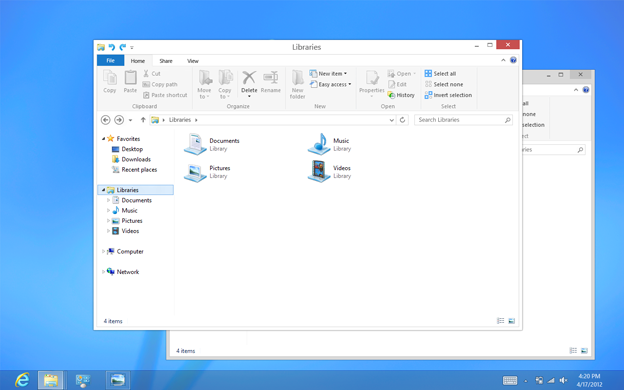Namco Bandai has published a brand new video of Tekken Tag Tournament 2, showing off the first four characters that would be released as downloadable content after the game is actually launched in September.
After many years since the release of the first Tekken Tag Tournament title, Namco Bandai is finally set to reveal a sequel, in the form of the aptly-named Tekken Tag Tournament 2. While the game’s launch happens in September, this hasn’t stopped the Japanese company from posting a video with the first four characters that will be available as downloadable content for the fighting game.
As you can see in the footage above, players will be able to download Michelle, Angel, Ancient Ogre, and Kunimitsu. While no other details are available, the video above is quite...



 5/22/2012 09:59:00 PM
5/22/2012 09:59:00 PM
 dannzfay
dannzfay




























